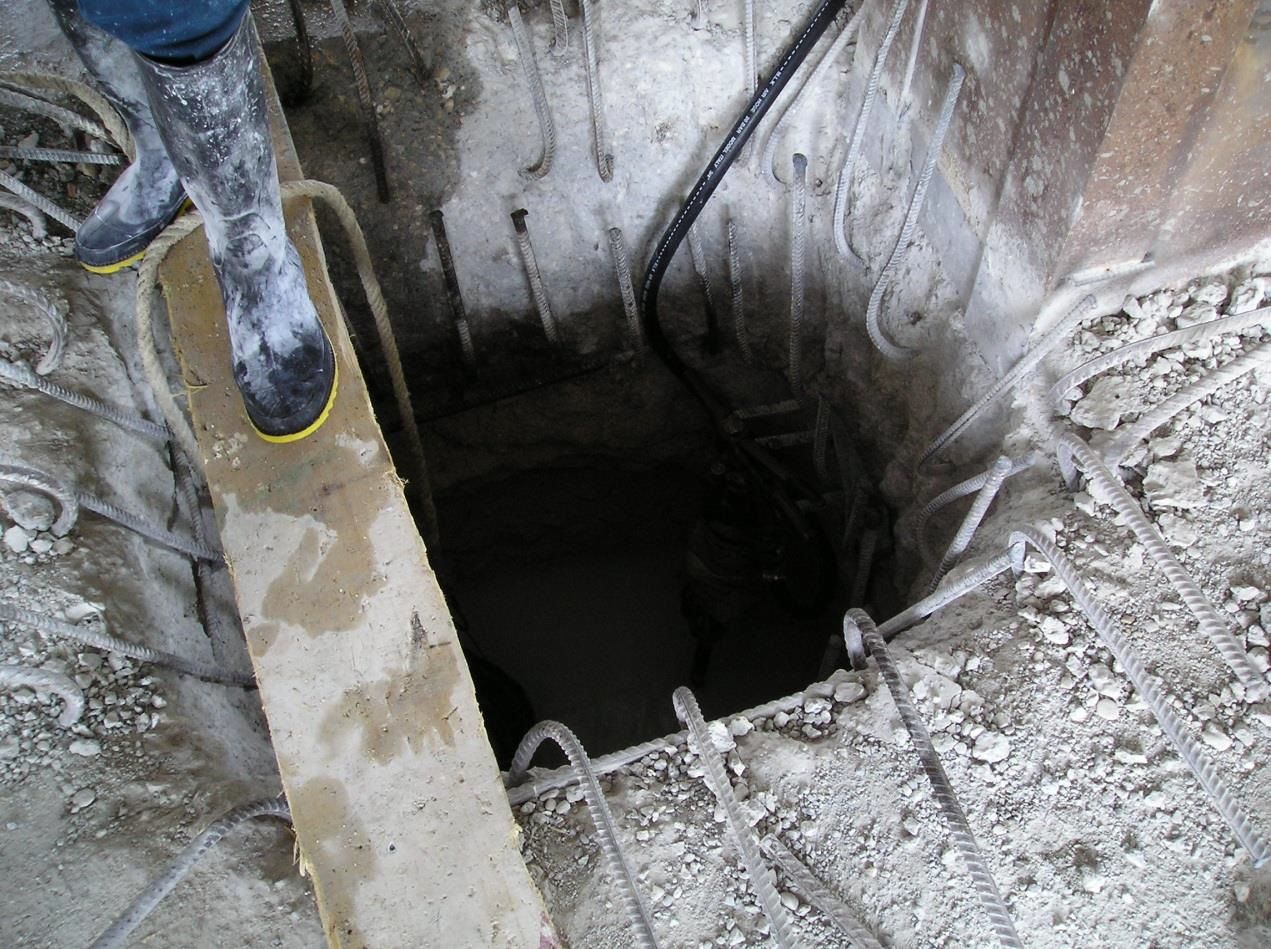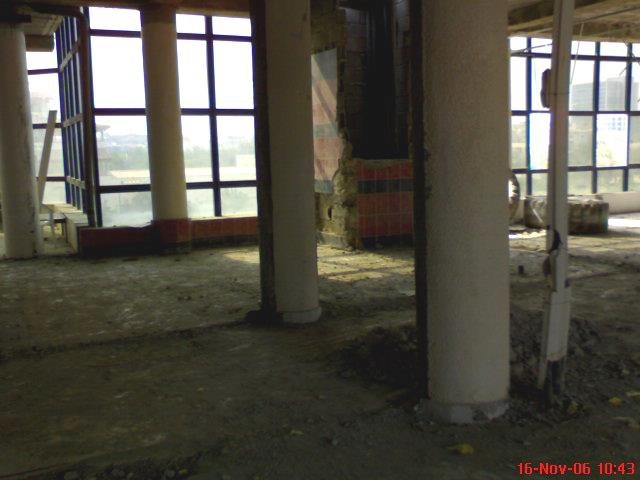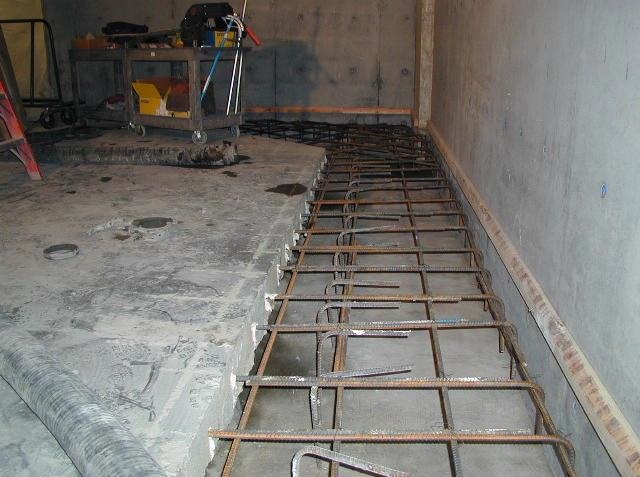We all know that since the beginning of creation, humans have faced the issue of natural disasters and have tried to control and manage the consequences of them and stay safe. Among natural disasters, due to the following factors, more attention has been given to earthquake crisis management in the past century:
The increase of cities in seismic areas
The expansion and development of cities on faults
The growth of population density in cities
Therefore, as mentioned above, studies of structure seismic rehabilitation have become increasingly important for today's life. Considering the novelty of this subject, in the following, we briefly walk you through the steps of a retrofit project:
Seismic Rehabilitation of Structures and Retrofit
Choosing the Purpose of Rehabilitation: This is decided by the client, based on performance level under certain earthquake risks.
Collecting Information About the Current State of the Building: First, by assessing the appearance of the project, we complete the structure evaluation report, which includes the visible features of the project, type of view, the age of the building, vertical carrier and ceiling systems, type of the exterior and interior walls, type of skeleton, quality of the construction, the rate of main steel elements corrosion and the decay of other structural and non-structural elements, the way the project is operated, as-built plans and other technical documents.
Necessity of Rehabilitation: Depending on their significance, buildings designed based on the latest edition of Iran's 2800 standard, do not need seismic assessment or rehabilitation.
Collecting Information About the Current State of the Building: First, by assessing the appearance of the project, we complete the structure evaluation report, which includes the visible features of the project, type of view, the age of the building, vertical carrier and ceiling systems, type of the exterior and interior walls, type of skeleton, quality of the construction, the rate of main steel elements corrosion and the decay of other structural and non-structural elements, the way the project is operated, as-built plans and other technical documents.
Necessity of Rehabilitation: Depending on their significance, buildings designed based on the latest edition of Iran's 2800 standard, do not need seismic assessment or rehabilitation.
Seismic Rehabilitation
1. First, the as-built drawing of the main structural and non-structural elements of the building are provided which include the measurements and dimension of all columns, beams and if available, connections used, as well as the welding.
In the occasion of not recognizing the quality of the welding done, a common method such as PT, MT or UT is employed to understand the cracking rate of welds.
In case of intrusive welds, the quality is determined by X-Rays for steel buildings and by scanning for concrete joints to detect the number and types of rebars.
2. After seismic modification and rehabilitation of the structure and increasing the load carrying capacity of it, a secondary as-built drawing is prepared and a secondary model is designed in accordance with the improved state.
This model is analyzed based on the regulations. Operation control and rehabilitation confirmation of the model follow next.
3. At this stage, project modeling starts with common software, based on FEMA regulations and Seismic Rehabilitation Instructions of the country. A realistic model of the structure with real loads onto it, is then designed and analyzed.
4. After modeling in software environment, gravity and lateral loads are applied and their impact and response to them are supervised. Now, if the model can tolerate and resist the loads of earthquake, the structure is considered of satisfactory performance and so a retrofit plan is not needed .
However, if it cannot withstand the gravity and lateral loads of earthquake, the stress on structural components exceeds the allowable limits, so strengthening the weak elements should be in order.
Concerning the level of earthquake resistance, buildings vary. Some are way past rehabilitation and some do not need any rehabilitation at all.
In the case of structures that require minor rehabilitation, by local seismic rehabilitation design, the load bearing capacity of a small portion of components can expand and no damage will be done to other sections.
However, regarding structures that require retrofit in larger scales, using other retrofit options that require little destruction than conventional methods should be considered.
As heavy retrofit may lead to destruction of major parts or may involve the relocation of people and equipment when it is not possible, and also, some buildings must provide 24/7 operation and service and cannot be shut down, such as important government buildings with valued documents and archives or treasuries of banks and museums, try to use other options for retrofitting. Which requires far less destruction than conventional methods
In the occasion of not recognizing the quality of the welding done, a common method such as PT, MT or UT is employed to understand the cracking rate of welds.
In case of intrusive welds, the quality is determined by X-Rays for steel buildings and by scanning for concrete joints to detect the number and types of rebars.
2. After seismic modification and rehabilitation of the structure and increasing the load carrying capacity of it, a secondary as-built drawing is prepared and a secondary model is designed in accordance with the improved state.
This model is analyzed based on the regulations. Operation control and rehabilitation confirmation of the model follow next.
3. At this stage, project modeling starts with common software, based on FEMA regulations and Seismic Rehabilitation Instructions of the country. A realistic model of the structure with real loads onto it, is then designed and analyzed.
4. After modeling in software environment, gravity and lateral loads are applied and their impact and response to them are supervised. Now, if the model can tolerate and resist the loads of earthquake, the structure is considered of satisfactory performance and so a retrofit plan is not needed .
However, if it cannot withstand the gravity and lateral loads of earthquake, the stress on structural components exceeds the allowable limits, so strengthening the weak elements should be in order.
Concerning the level of earthquake resistance, buildings vary. Some are way past rehabilitation and some do not need any rehabilitation at all.
In the case of structures that require minor rehabilitation, by local seismic rehabilitation design, the load bearing capacity of a small portion of components can expand and no damage will be done to other sections.
However, regarding structures that require retrofit in larger scales, using other retrofit options that require little destruction than conventional methods should be considered.
As heavy retrofit may lead to destruction of major parts or may involve the relocation of people and equipment when it is not possible, and also, some buildings must provide 24/7 operation and service and cannot be shut down, such as important government buildings with valued documents and archives or treasuries of banks and museums, try to use other options for retrofitting. Which requires far less destruction than conventional methods
5. After seismic rehabilitation of the structure and increasing its load bearing capacity, the secondary as-built drawings is provided and a secondary model is designed based on the improved condition.
6.The model is then analyzed according to the related regulations and is followed by operation control and confirmation of the improved structure.
En/Fa


